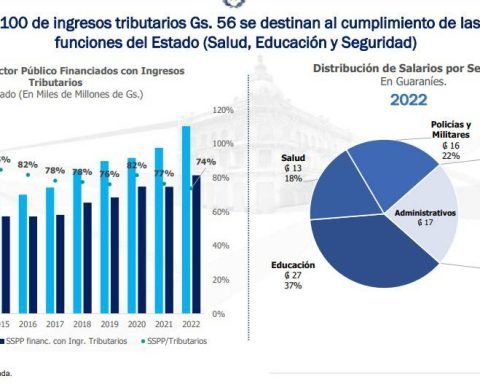The United States will develop an “extreme heat belt” in 30 years, which will go from the state of Louisiana, in the south of the country, to Lake Michigan in the north, crossing the Midwest region of the country, according to a new report published on Monday.
Source: AFP
This area, home to more than 100 million Americans and covering a quarter of the country, will experience at least one day of extreme heat a year in 2053, with a perceived temperature of more than 51 ° C, according to this report from the organization non-profit First Street Foundation.
Currently, this is the case for only about 50 counties in the United States with about 8 million inhabitants. But in three decades, this will affect more than 1,000 counties, especially in the states of Texas, Louisiana, Arkansas, Missouri, Illinois, Iowa, Indiana, and even southern Wisconsin.
Perceived temperature, or temperature index, is what the human body actually feels when relative humidity is combined with air temperature.
The U.S. Midwest would be particularly hard hit because of its distance from the sea, though extreme heat will also hit smaller regions on the East Coast and in Southern California, the report said.
Heat is the deadliest weather phenomenon in the United States, surpassing floods and hurricanes. It can lead to hospitalizations and serious complications. And it’s especially dangerous in places that aren’t used to high temperatures, like the northern United States.
The First Street Foundation bases its projections on a moderate scenario from United Nations climate experts (IPCC), in which greenhouse gas emissions will peak in the 2040s before declining.
Beyond these extreme temperatures, the entire United States will heat up, according to the report. Nationwide, on average, the 7 hottest local days today are expected to become the 18 hottest days by 2053. The largest change in local temperatures is expected in Miami-Dade County, Florida.
The number of “dangerous days”, defined in the report as days when the perceived temperature reaches almost 38°C, will increase particularly in the south of the country. Around the Gulf of Mexico, many regions currently have about 100 days a year at this temperature, but are expected to have more than 120 by 2053.
Heat waves, which make these very hot days happen without interruption, will also continue: in 30 years, large regions of Texas and Florida may experience up to more than 70 consecutive days of about 38 ° C.
“We must prepare for the inevitable,” Matthew Eby, founder of the First Street Foundation, said in a statement. “The consequences are going to be dire.”















